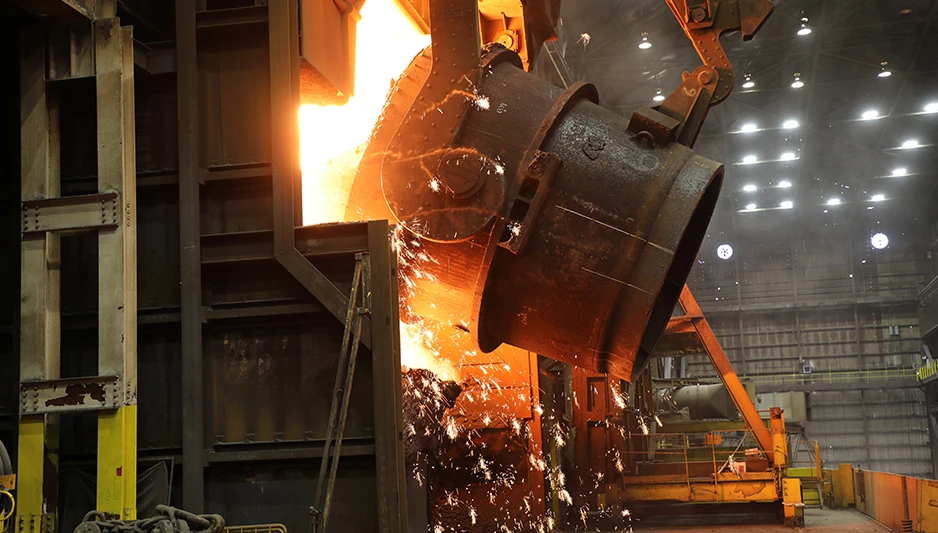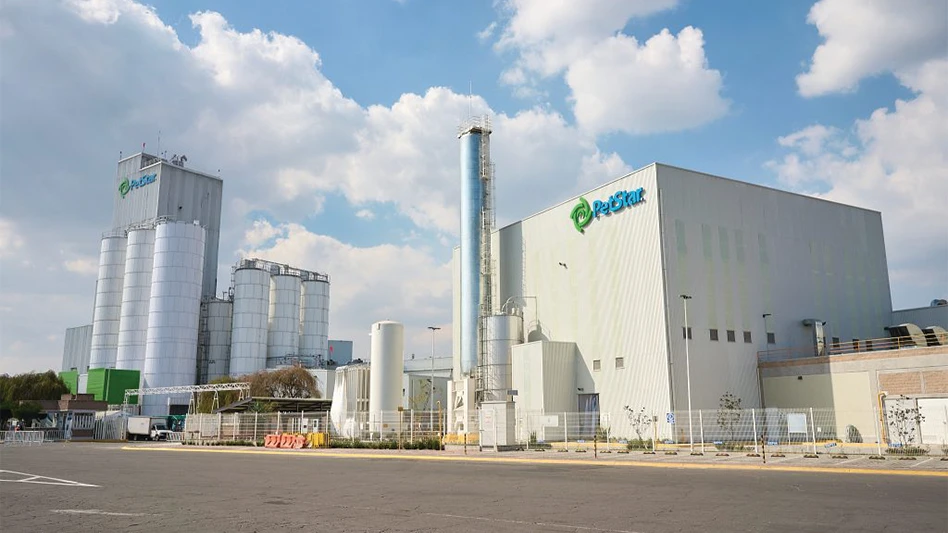
Rigid plastics recycling climbed 13 percent in 2011 to reach at least 934 million pounds for the year, and U.S. consumers with local access to recycle non-bottle rigid plastics increased from 40 percent to 57 percent between 2011 and 2012, according to a pair of reports released at the Plastics Recycling Conference, which was March 19-20, 2013, in New Orleans.
Moore Recycling Associates Inc., Sonoma, Calif., conducted research for the reports on behalf of the American Chemistry Council, Washington, D.C.
According to the 2011 National Postconsumer Non-Bottle Rigid Plastic Recycling Report, 61 percent of rigid plastics collected in the United States were recycled in the United States or Canada, a sharp increase from the slightly over one-third recycled in this region in 2007 when Moore Recycling began measuring rigid plastics collection.
The report also found that polypropylene and polyethylene plastics comprise the largest portion (70 percent) of postconsumer non-bottle rigid plastics collected in the United States, with polypropylene (PP) accounting for 39 percent of all rigid plastics recycling and high-density polyethylene (HDPE) constituting 31 percent.
The number of communities now collecting many types of rigid plastics in addition to bottles has contributed to the growth in the recycling rate, according to Moore Recycling Associates. The new consumer access report, Plastic Recycling Collection: National Reach Study, 2012 Update, found that more than 1,400 cities and 300 counties in the United States now collect all rigid plastic containers in addition to plastic bottles.
Another key finding of this report is that the portion of U.S. consumers with access to recycle two key categories of rigid containers—HDPE rigid cups, tubs and containers and PET (polyethylene terephthalate) trays, clamshells and cups—now exceeds 60 percent. This means that for the first time, under Federal Trade Commission (FTC) guidelines, recycling access is sufficiently widespread to label these containers “recyclable” without the need for additional qualification or disclaimer.
“With recycling of rigid plastics containers now available to a substantial majority of Americans—in other words, surpassing the FTC’s 60 percent threshold—the recycling message can be greatly simplified, making it easier to educate consumers,” says Steve Russell, vice president of plastics for the American Chemistry Council.
“This is a significant milestone for recycling and a tremendous benefit to packaging manufacturers, major brands, consumers and recyclers,” he adds.
For example, within the Sustainable Packaging Coalition’s How2Recycle label system, HDPE and PET containers have surpassed the “Limited Recycling/Check Locally” category and now meet criteria for the “Widely Recycled” category.
According to the report, rigid polypropylene containers are the next likely class of rigid plastics to approach FTC’s “recyclability” threshold with 58.4 percent of U.S. consumers currently able to recycle these items locally.
A third report released during the conference explores the major factors contributing to the rapid growth in rigid plastics recycling such as increased demand, public commitments, excess MRF (material recovery facility) capacity and improved consumer education. Growth Trends and New Drivers for Non-Bottle Mixed Rigid Plastics Recycling, prepared by Resource Recycling Inc. and sponsored by ACC’s Plastics Division, contains recommendations for communities that are considering adding rigid plastics to their recycling programs, four case studies and examples of successful community education programs.
Communities currently vary widely in the types of rigid plastics collected for recycling, with many municipalities accepting household containers, such as yogurt cups, dairy and deli containers and lids, the ACC says. However, a growing number of communities are adding bulkier rigid plastics.
The primary domestic end uses for recycled rigid plastics are pipe, buckets, automotive products and other relatively thick-walled injection products. Lidded reusable food storage containers and kitchen tools such as cutting boards, measuring cups and serving utensils, are another growing market for this material, the ACC adds.
Latest from Recycling Today
- In memoriam: Benny McGill
- Autocar releases Smart Battery Cable to advance refuse truck fire safety
- PLASTICS launches Positives of Plastics website
- Impact Air Systems launches compact ZAC400
- PCA to shut down paper machines at Washington containerboard mill
- BMRA provides landfill guidance for UK shredder operators
- Fornnax high-capacity tire recycling plant
- EU introduces measures to secure raw materials, strengthen economic security





